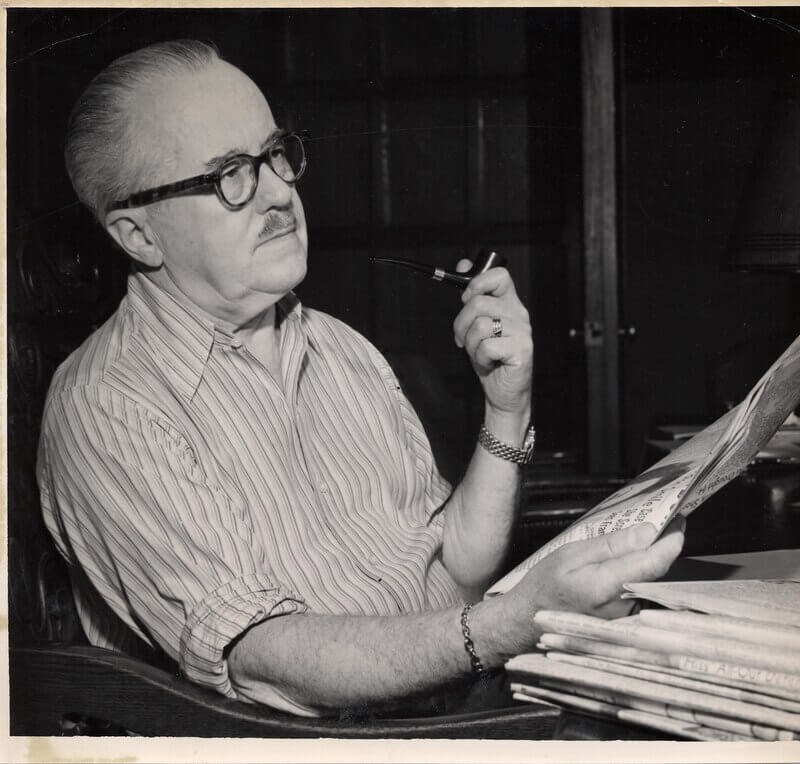

Rolling Stone | Starling Lab, 2023
2:33
In a new form of digital journalism, Rolling Stone and Starling Lab endeavored to identify a soldier in a 30-year-old photo taken during the massacre of civilians in a small town at the beginning of the Bosnian War.
An iconic image taken in 1992 by freelance photojournalist Ron Haviv is central to the story. Haviv’s famous photograph depicts a soldier swinging his booted foot toward the head of a woman as she lies dead or dying on a sidewalk along with three other civilians.
The identity of the soldier is the focus of the investigation. All evidence points to a well-known DJ in Europe who has never been held accountable for his actions. Other soldiers and leaders of the infamous death squad responsible for the massacre have not been held accountable either.
Rolling Stone partnered with Starling Lab to create a unique and immersive microsite for the project to help audiences understand the story and explore the innovative engineering work behind the archive of original photographs and documents reporters gathered to tell the story.
Co-founded by the Stanford University Department of Electrical Engineering and University of Southern California’s Shoah
Foundation, Starling Lab created a cryptographic framework for the archive and contributed additional digital and in-field research for the yearlong investigation. They applied more than a dozen open-source technologies to capture, store and verify the digital assets.
The process devised to preserve and authenticate images is particularly important. For example, Haviv’s iconic image resurfaced during the invasion of Crimea in 2014 with a Ukrainian forces insignia apparently Photoshopped on the pictured soldier’s uniform.
The result for readers is an immersive multimedia experience, combining traditional photojournalism with access to photos, videos, social media posts and more than 2,000 catalogued documents from the reporting.
The collaborative project is meaningful in an age when deep fakes and generative AI undermine the public’s trust in imagery.

In 1921, Roy W. Howard became chairman of the board and business director of Scripps. One of the most influential newsmen of his day, Roy served as president of the company until he retired in 1952, when he was named chairman of the company’s executive committee.